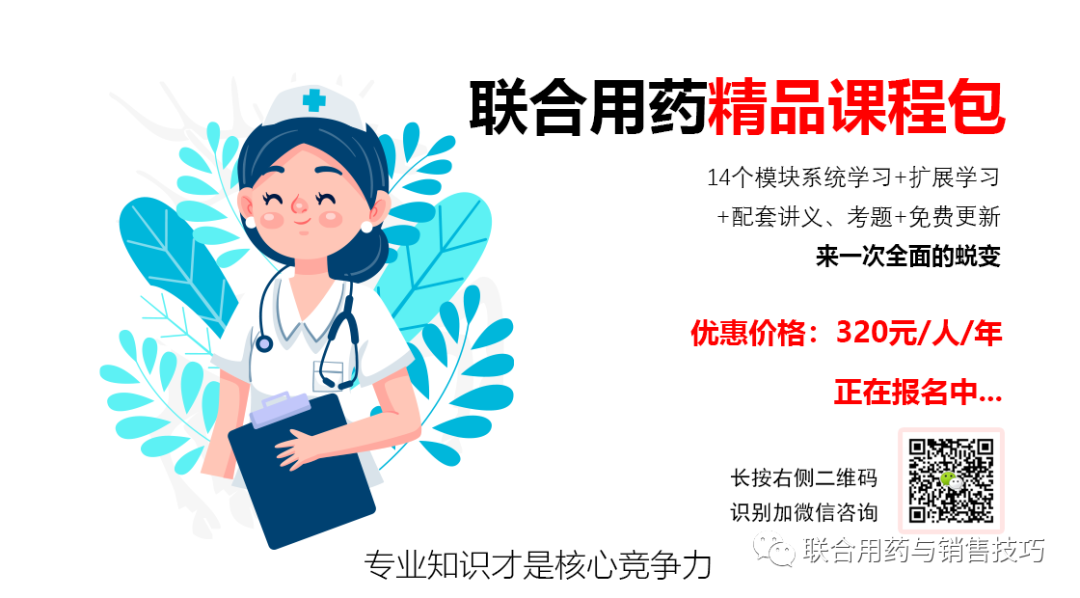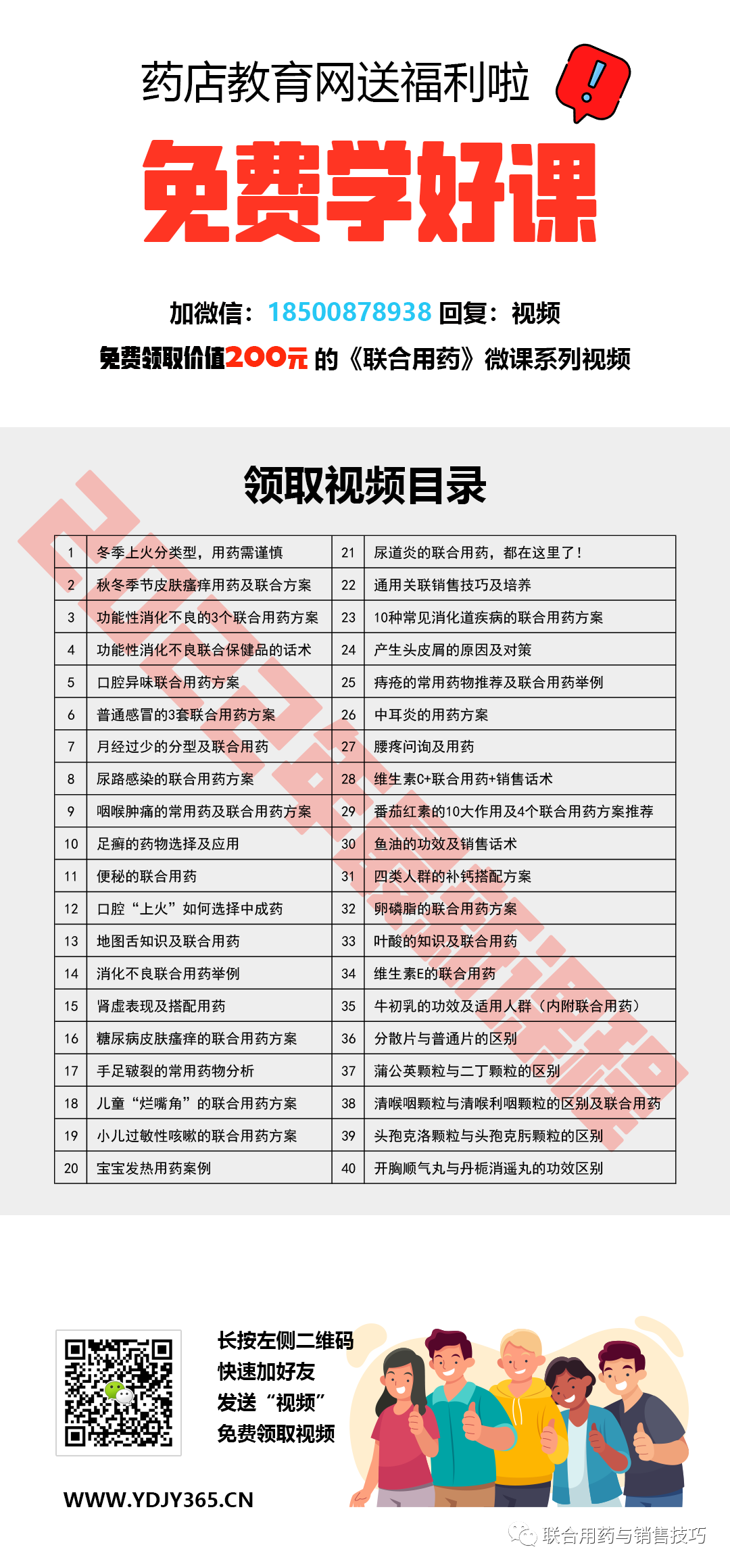 Osteoporosis is a systemic metabolic disorder characterized by low bone mass and microstructural deterioration of bone tissue, leading to increased fragility and a higher risk of fractures. This condition is common among the elderly, with an incidence rate of 50% to 70% in women aged 60 to 69 years and approximately 30% in elderly men.
Osteoporosis is a systemic metabolic disorder characterized by low bone mass and microstructural deterioration of bone tissue, leading to increased fragility and a higher risk of fractures. This condition is common among the elderly, with an incidence rate of 50% to 70% in women aged 60 to 69 years and approximately 30% in elderly men.
Should we wait until the body is deficient in calcium before supplementing it? Let us explore the answer through the following professional knowledge.
1Common Causes
1. Endocrine: Insufficient sex hormones or decreased number and activity of hormone receptors (e.g., hyperthyroidism, hypogonadism, diabetes, etc.).
2. Nutrition: Protein deficiency, vitamin C and D deficiency, low-calcium diet, alcohol abuse, etc.
3. Genetic: Osteogenesis imperfecta, chromosomal abnormalities.
4. Medications: Corticosteroids, antiepileptic drugs, antitumor drugs (e.g., methotrexate), heparin, etc.
5. Disuse: Prolonged bed rest, paraplegia, space travel, etc.; localized disuse occurs after fractures.
6. Other causes: Smoking, bone loss, transient or migratory osteoporosis.
2Key Points for Inquiry
1. Inquire about the onset: The most common symptoms of osteoporosis include low back pain and fatigue; low back pain is often dull and may radiate along the spine to both sides. It tends to recur and may resolve spontaneously.
2. Presence of spinal deformities, kyphosis, or height loss.
3. Presence of fractures of varying degrees, often occurring from minor trauma such as coughing, descending stairs, compression, or falls. Common fracture sites include the spine (thoracic and lumbar vertebrae), femoral neck, radius and ulna, and ribs.
4. Presence of accompanying symptoms such as chest tightness, shortness of breath, or difficulty breathing.
3Physical Examination and Auxiliary Tests
1. May have no physical signs or varying degrees of bone tenderness.
2. May have spinal deformities or kyphosis.
3. Some patients may have muscle atrophy in the limbs.
4. Bone density tests and X-ray examinations confirm the presence of osteoporosis.
4Diagnostic Points
Diagnosis of osteoporosis can be made based on clinical manifestations combined with medical history, physical examination, and necessary bone density tests.
5Exclude the Following Diseases
1. Osteomalacia: Besides similar clinical manifestations, X-ray findings are diagnostic for osteomalacia.
2. Rheumatoid arthritis: Positive anti-O and rheumatoid factor, with morning stiffness lasting >1 hour, presenting as bilateral symmetrical joint lesions.
6Treatment Principles
Eliminate triggering factors, and use both pharmacological and non-pharmacological treatments (i.e., nutritional support).
The types of medications for treatment are divided into bone resorption inhibitors, bone formation stimulants, and bone calcification agents. In pharmacies, only bone calcification agents are recommended for treatment. If pain is severe or fractures are likely, it is advised to seek medical attention.
|
Clinical Symptoms |
Symptomatic Treatment |
|
Typical bone pain, spinal deformities |
Calcium tablets, vitamin D, Longdi calcium |
|
Protecting bone joints |
Xianling Gubao, glucosamine, oyster shell calcium |
7 Related Sales
|
Category |
Symptomatic Treatment |
|
|
Main Drug |
Calcium Supplement |
Such as calcium tablets, vitamin D, Longdi calcium |
|
Auxiliary Drug |
Joint Protection |
Such as Xianling Gubao, glucosamine, oyster shell calcium |
|
Related Medications |
Nutritional Support |
Such as liquid calcium, oyster shell soft capsules, calcium magnesium tablets, sea shell extract soft capsules |
8 Professional Tips
1. Osteoporosis should be prevented early, and attention should be paid at all stages of childhood, adulthood, and old age.
2. A reasonable diet should include sufficient calcium and vitamin D, with attention to nutrition and consumption of protein- and calcium-rich foods.
3. Regular sun exposure and exercise help establish and maintain high peak bone mass.
4. Eliminate risk factors: quit smoking and drinking, limit coffee, strong tea, and carbonated drinks, and avoid using glucocorticoids and other medications that affect bone metabolism.
5. During severe colds, it is not advisable to take Xianling Gubao.
6. During colds, it is not advisable to take oyster shell calcium. Diabetic patients should avoid oyster shell calcium.
In the next issue, we will continue to provide knowledge on diagnosis and medication for common diseases in pharmacies!
(This article is for professional reference only)


